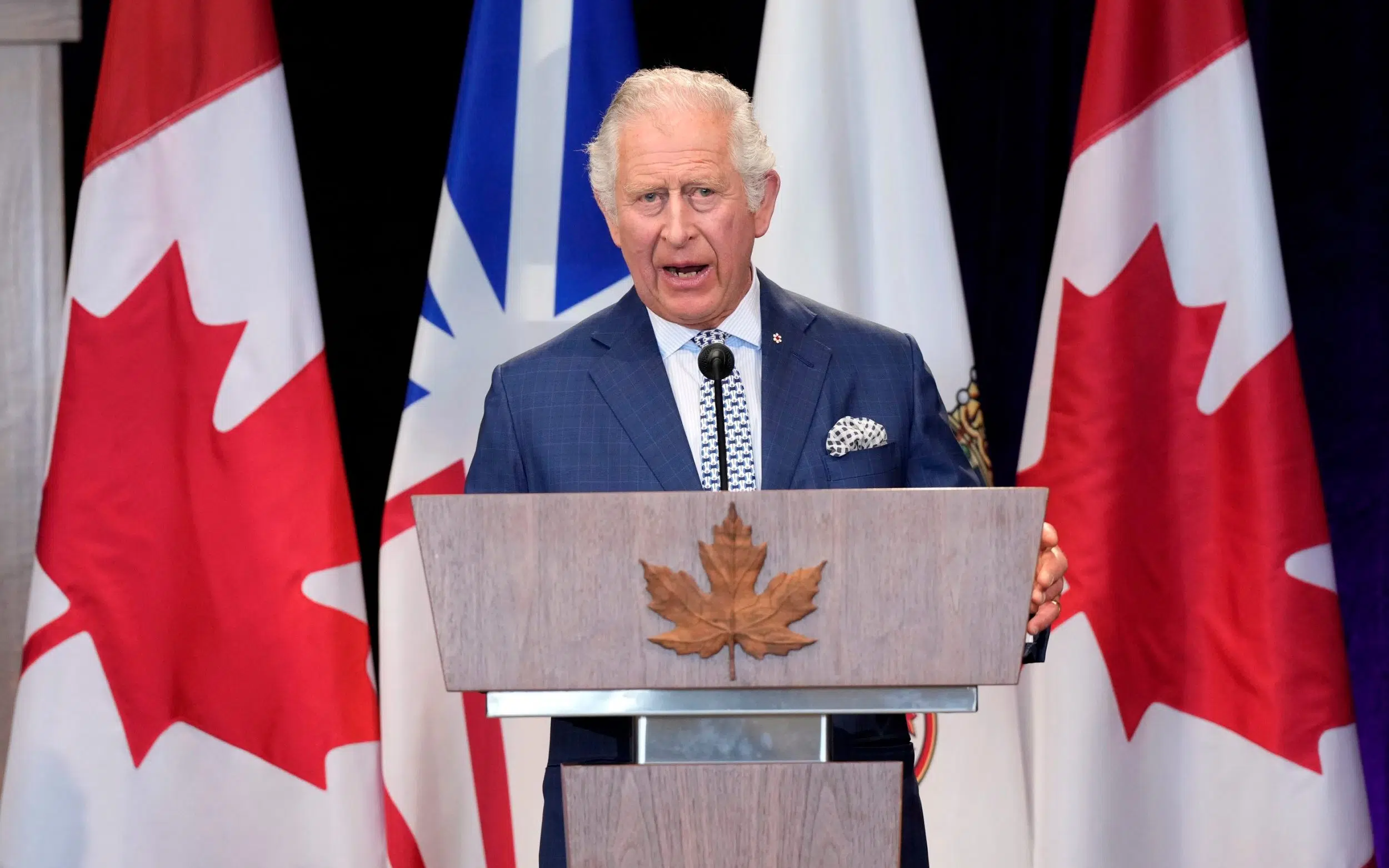Breaking News: King Charles III Has Suspended Ten Of His………….read more.
On January 31, following a Canadian Parliament Act, Mary Simon, the Governor-General of Canada, officially updated the King’s title in Canada to:
Charles the Third, by the Grace of God King of Canada and His other Realms and Territories, Head of the Commonwealth.

This change removes references to “the United Kingdom” and “Defender of the Faith” from the previous title. It highlights that the King is the head of state not only in the UK but in 14 other Commonwealth Realms, each having its unique title for the King while sharing common elements.
This overview examines the history and current form of the King’s style and titles.
In general, a “title” denotes the position held, such as “King of the United Kingdom,” while “style” refers to how they are addressed, such as “His Majesty.”
Historically, proclamations under various Acts of Parliament updated the Monarch’s title to reflect changes in the UK’s territorial constitution, such as the unions between England and Scotland in 1707 and between Great Britain and Ireland in 1800. For instance, in 1876, Queen Victoria’s title was expanded to include “Empress of India,” and in 1917, King George V renounced his German titles.
Until 1953, the Monarch had a single title across the British Empire. As parts of the Commonwealth, such as Australia and Canada, gained more autonomy, the Crown became considered “divisible,” meaning it had a distinct role in each realm.
The Statute of Westminster 1931’s preamble established that changes to the Royal Style and Titles would require approval from the parliaments of all Dominions as well as the UK Parliament.
In 1948, following India’s and Pakistan’s independence, the UK consulted other parliaments before King George VI removed “Emperor of India” from his title.
By 1949, when the modern Commonwealth was formed, it was agreed that each Commonwealth Realm would have its own title for the Monarch. This was formalized in the UK by the Royal Titles Act 1953, which allowed Queen Elizabeth II to amend her style and titles.
The Act’s preamble emphasized the need for the Queen’s titles to reflect the constitutional relationships among Commonwealth members and recognize the Crown as the symbol of their association. At a December 1952 meeting in London, Commonwealth Realms agreed on a title format that suited each realm’s circumstances while retaining common elements. Today, these elements include “His Other Realms and Territories” and “Head of the Commonwealth.”
Following the 1952 meeting, each realm passed legislation to adjust the Queen’s titles. For instance, in 1973, Australia dropped “United Kingdom” and “Defender of the Faith” from its Queen’s title.
A spreadsheet below shows the King’s current style and titles in each Commonwealth Realm.



:format(webp):quality(80)/https%3A%2F%2Fwww.gandul.ro%2Fwp-content%2Fuploads%2F2014%2F07%2F12903400%2F1-5879889-mediafax-foto-radu-oltean.jpg)

:format(webp):quality(80)/https%3A%2F%2Fwww.prosport.ro%2Fwp-content%2Fuploads%2F2024%2F10%2FVeste-catastrofala-pentru-Dan-Petrescu-Un-jucator-de-baza-de-la-CFR-Cluj-s-a-accidentat-la-antrenament-%E2%80%9EAre-fractura.-EXCLUSIV.webp)